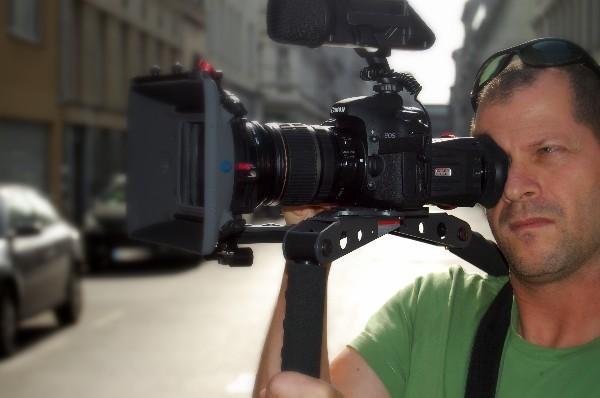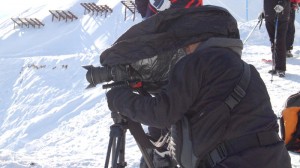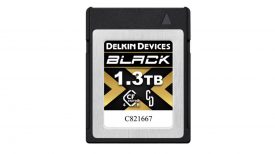The first day of autumn from Johnnie on Vimeo.
Evolution? No. Revolution? Yes indeed!
A bit more than a year ago, encouraged by Dan Chung’s “Nikon D90 in Tibet”, I picked up my first VDSLR. As a BBC freelance cameraman this camera obviously imposed lots of restrictions on pure “news work” but soon I discovered that there are a lot of uses for this little wonder camera and the Nikon D90 became a perfect working tool for some testimonial and marketing videos I did for other respected customers like bag manufacturer Kata.
For me, the main advantage when shooting with the D90 – other than its compact stealth form factor – was its limitations… Those limitations made me at the end of the day a better cameraman by learning, understanding and implementing workarounds to come out with nicely done footage.
Fast forward to the present time and I am a proud owner of the Canon 7d. This incredible camera for its price range is a game changer as far as I am concerned. Previous cameras like the Canon5dmkII and the extremely compact Panasonic GH-1, though producing beautiful looking images, did not answer my wish for a new VDSLR workhorse, the problems being the 30p frame rate restriction and lack of a clean low light capability respectively.
The new Canon 7d shares the same advantages of other VDSLRs in terms of portability and very clean low light performance but adds multi frame rates selection, SD recording (if needed) and other goodies.

My work at the BBC is split between a few different departments. I would not use the Canon 7d for pure news work since the camera is currently not up to that task, but it might turn out to be ideal for short features. There are few important points to consider before adopting a camera as your main working tool for some assignments. I have already mentioned good picture quality, portability and low light performance. The other three most crucial factors for me are: good viewfinder, sound and camera handling. I am using the Zacuto Z-finder and though not so impressed (partly due to the Canon 7D LCD resolution when being magnified and partly because of an average Z-finder design) I don’t see another better alternative in the market. Sound wise, we are all aware of the solutions and work around but the “Magic Lantern” solution has been a great help. Handling wise, I am against those huge expensive camera handling solutions currently found in the market. Most are working against the idea of “small form factor” and I hope the next breed of those grips will be cost effective run and gun solutions.
My current VDSLR equipment is:
Canon 7d
Canon 17-55mm f2.8 IS USM
Samyang 85mm f1.4
Samyang 8mm fisheye 3.5
Vocas Mattebox
Formatt Filters
Sachtler DV8 SB
Manfrotto 756XB legs
Manfrotto HDV 701 head
Dvtec-MultiRig
Glidetrack 50cm
Kata bags PR-460
Kata bags T-214
Rode NTG2
Rode SVM
Sanken cos 11 Lav
Sennheiser ew 100 G2
Portable audio mixer CEVL IM2
Edirol F1 portable audio/video recorder mixer
LitePanels Micro
LitePanels 1×1
Never stop learning – no job is too small – never forget how you started – and help others as much as possible – are the rules I am trying to follow in my professional life.

Johnnie Behiri is a BBC freelance cameraman operating from Vienna, Austria.
When not BBCing, Johnnie is filming documentaries, commercials, music videos, and testimonial/marketing videos.





